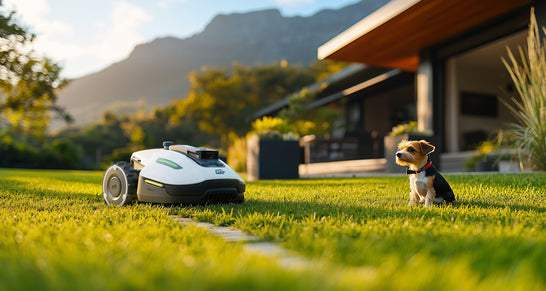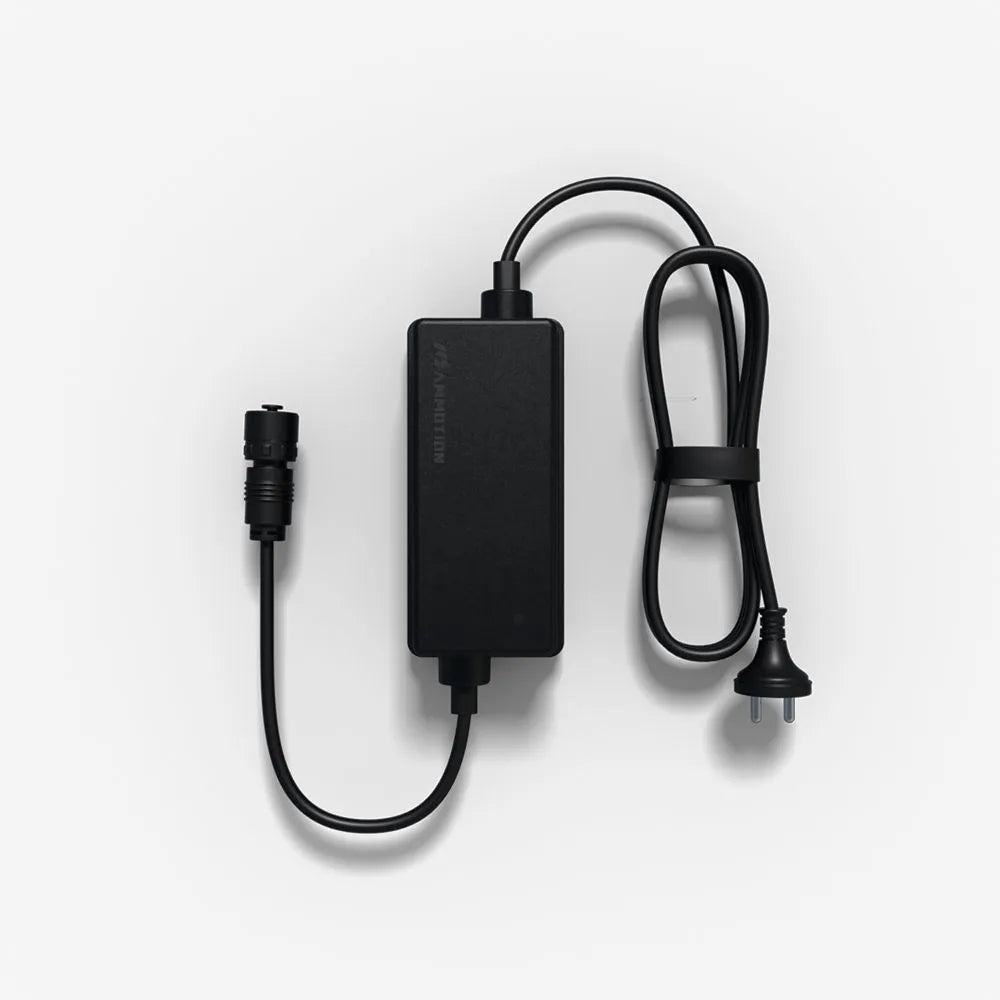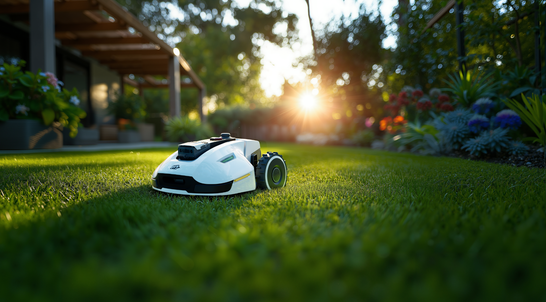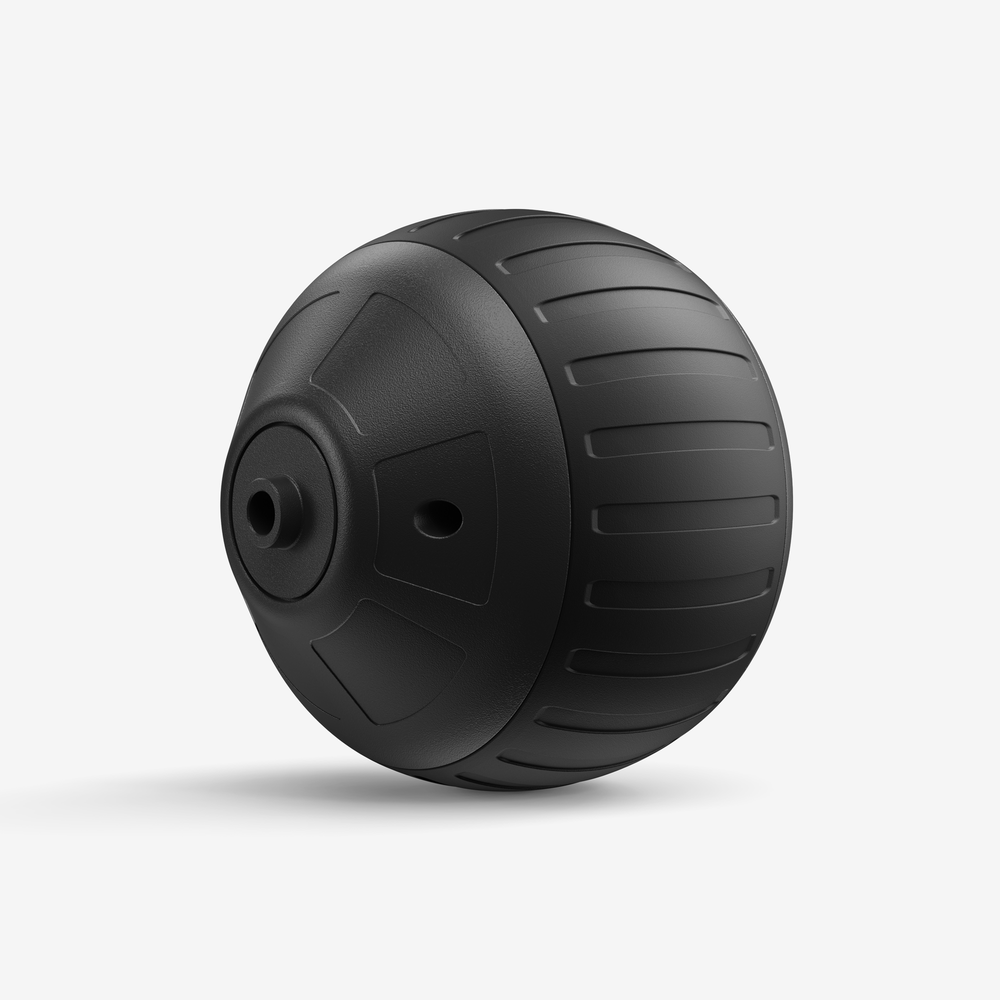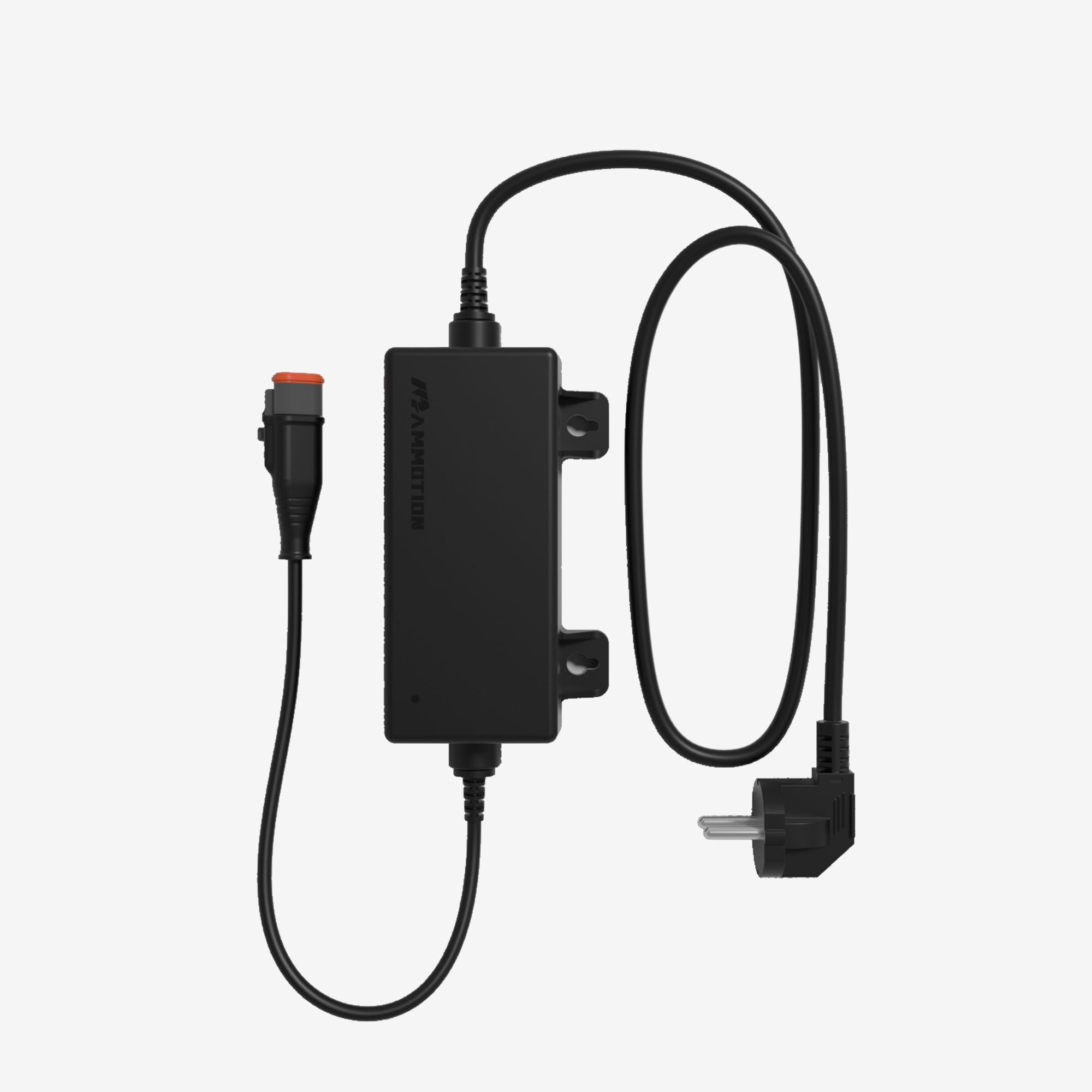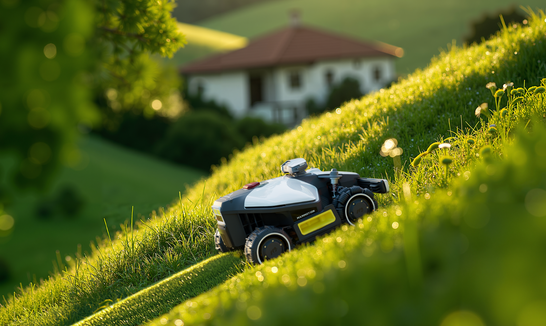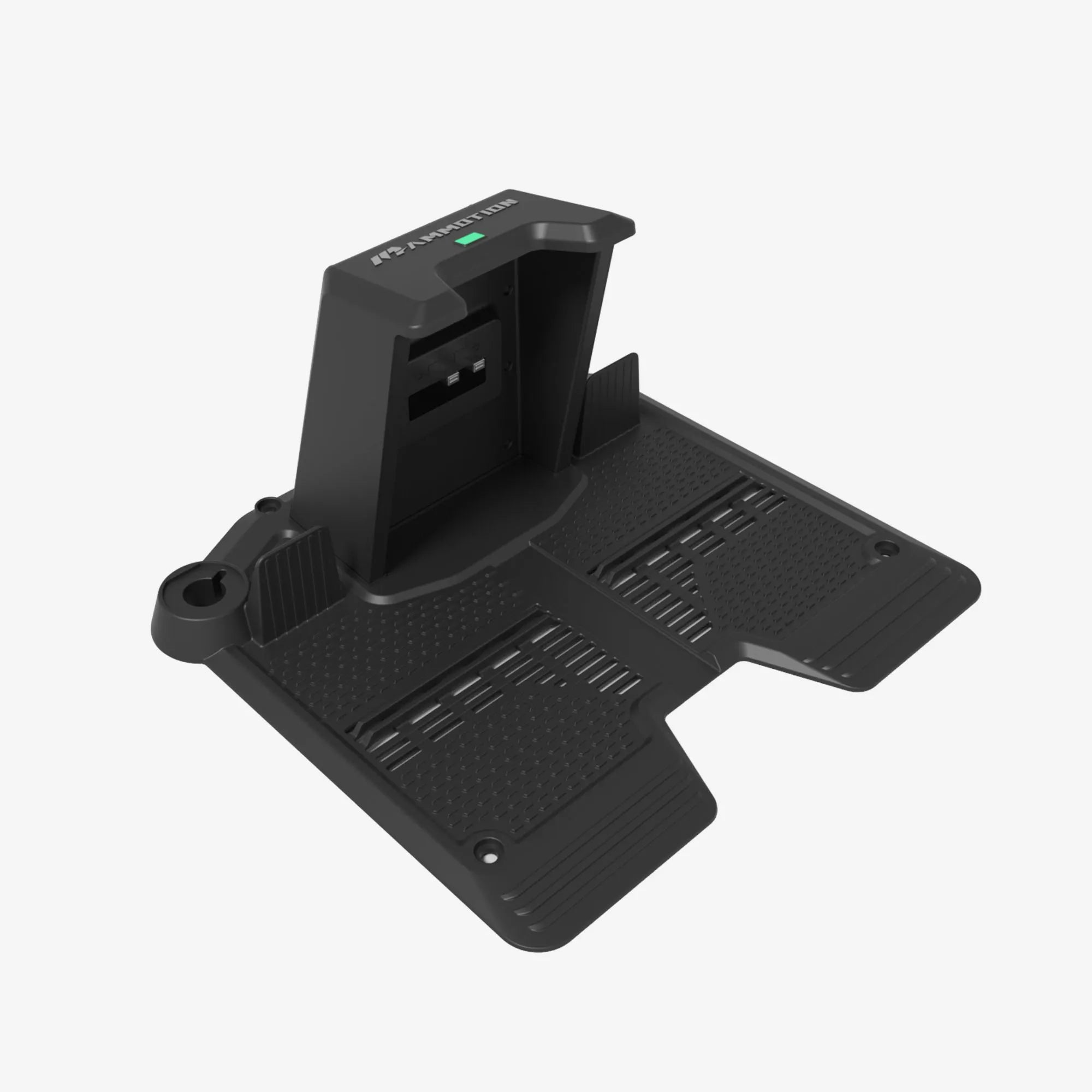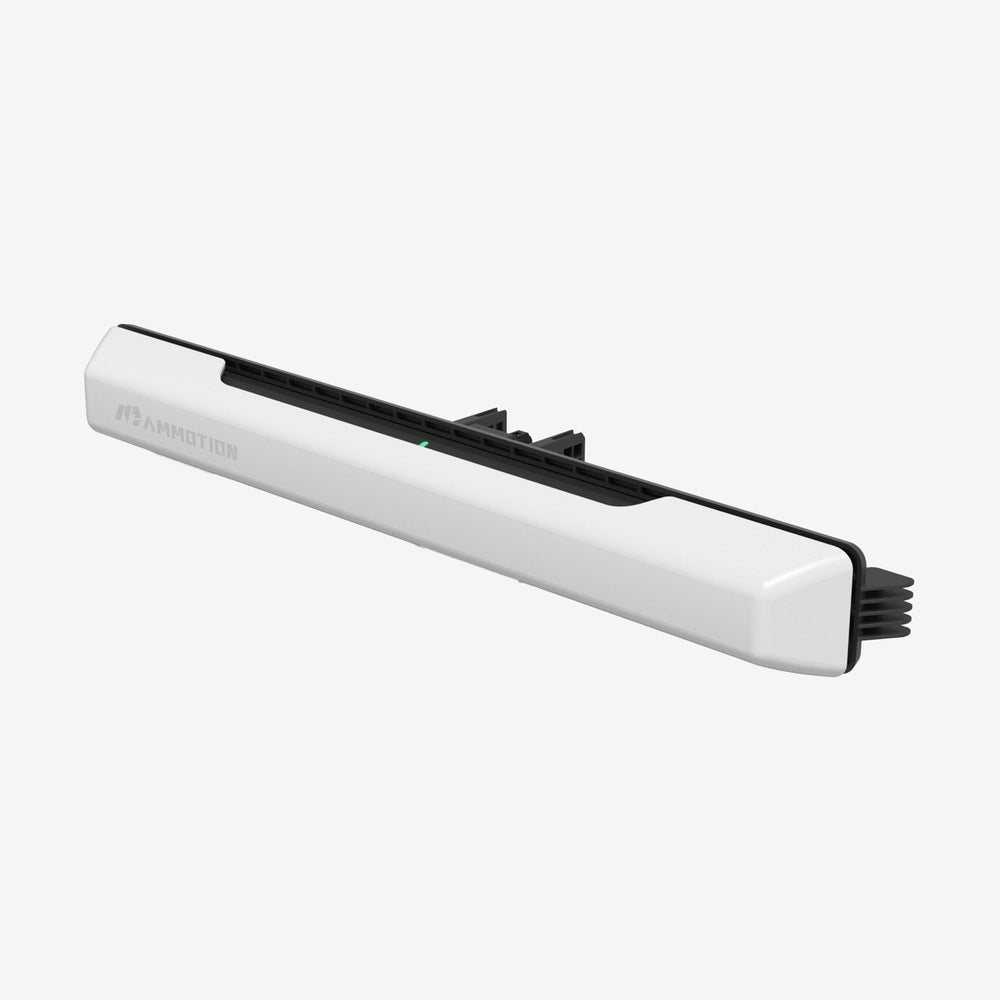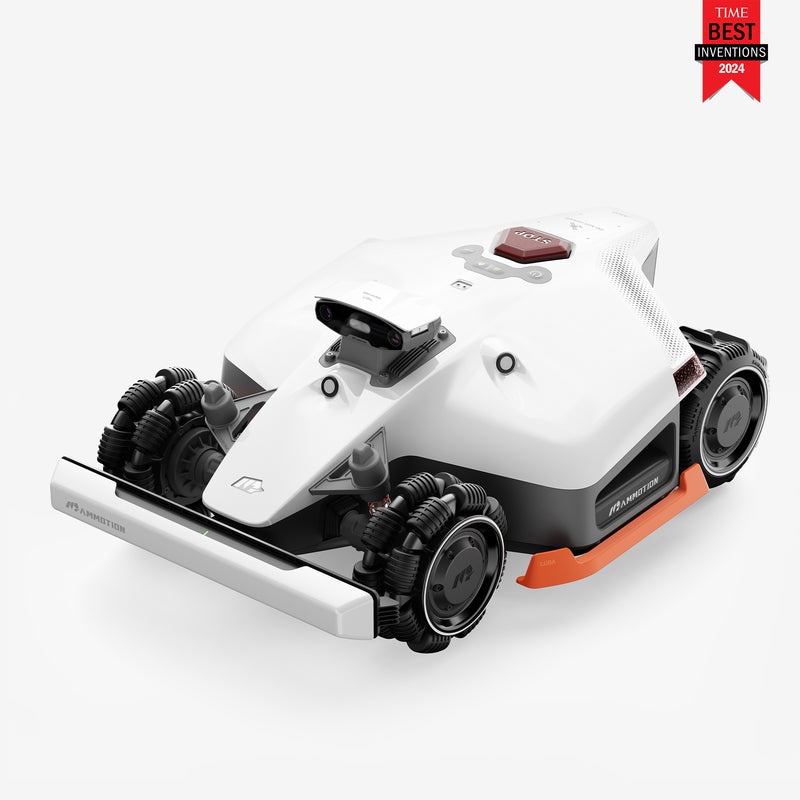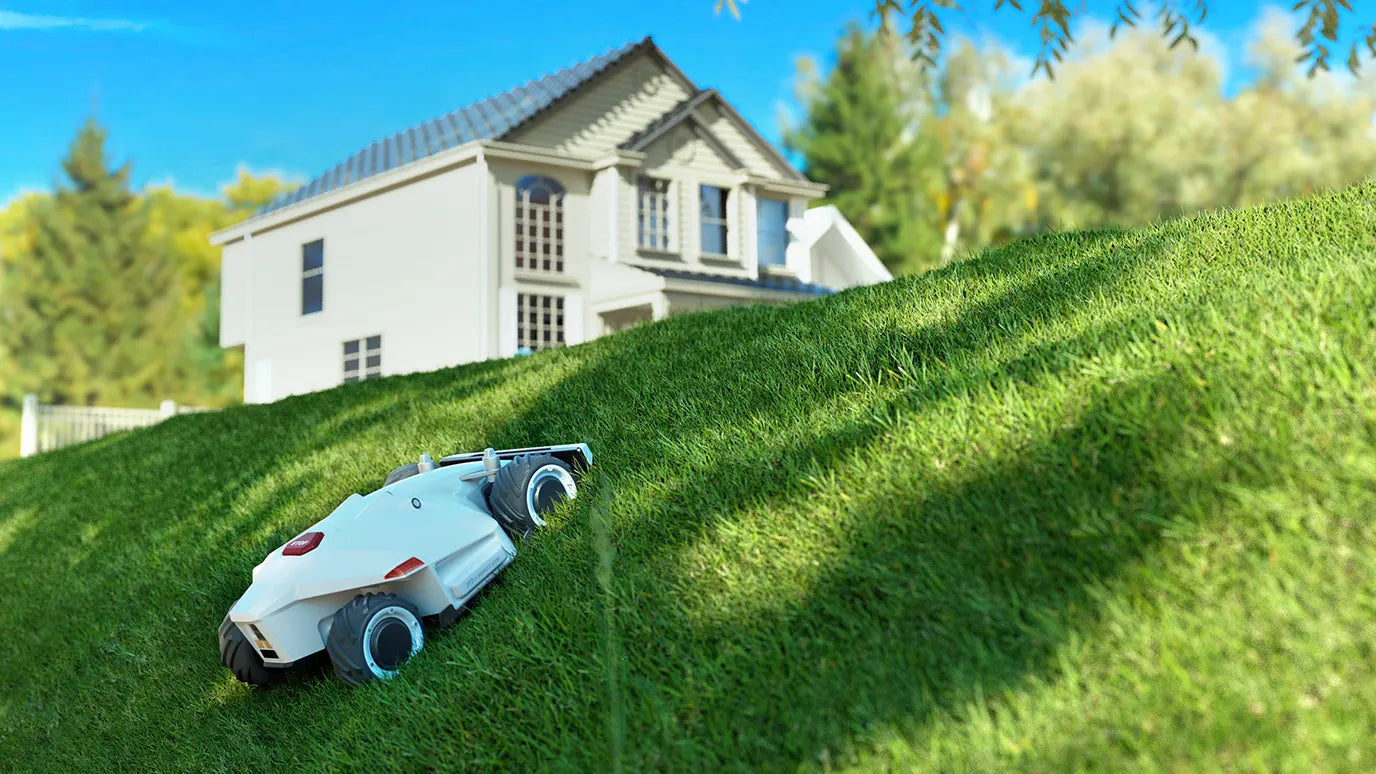For many UK homeowners, mowing a garden isn’t just a weekly chore—it can become a real challenge on uneven terrain. Steep hills, sloped banks, and bumpy patches make traditional mowing difficult, increasing the risk of uneven cuts, scalping, or mower tipping. Pushing a mower uphill or maintaining control on a slope can also lead to fatigue or injury, making the choice of the best lawn mower for hills essential.
Whether you have a small backyard with a gentle incline or a large estate with steep slopes, this guide will help you understand the key features to prioritize for such terrain, and the types of mowers and best lawn mower for hills.
Part 1. Problems You May Face When Mowing a Lawn with a Steep Slope
Mowing a lawn with a steep slope presents several unique challenges that are less common on flat terrain. Homeowners searching for the best lawn mower for hills or lawn mower for steep slopes often encounter issues that affect both safety and the quality of the cut. Understanding these problems can help you select the right equipment and plan your mowing strategy more effectively.
1. Risk of Tipping and Loss of Control
One of the most significant hazards on sloped lawns is the risk of mower tipping. Push mowers or ride-on mowers may become unstable when moving up or down steep inclines, increasing the likelihood of accidents. Even lightweight mowers can slide on wet or uneven grass, making traction a critical factor when choosing a mowers for sloped lawns.
2. Uneven Cuts and Scalping
Slopes and uneven patches often result in uneven grass cutting. Areas where the mower struggles to maintain consistent height can lead to scalping, which damages the grass by cutting too short. Over time, this can create patches of exposed soil, reducing lawn health and aesthetics. Adjustable cutting heights and self-leveling designs are essential features to mitigate this issue.
3. Increased Physical Strain
Mowing steep slopes demands significantly more physical effort. Pushing a mower uphill or stabilizing it downhill can cause fatigue, back strain, or even muscle injury. This challenge is particularly acute with manual push mowers, highlighting the advantage of robotic lawn mowers for steep slopes, which handle uneven terrain autonomously.
4. Slower Mowing Times
Steep slopes reduce efficiency because careful navigation and slower speeds are necessary to maintain safety and a quality cut. Homeowners often find themselves spending more time mowing a hilly lawn than a flat one of the same size. Advanced features like all-wheel drive (AWD) or slope-sensing robotics can drastically reduce mowing time.
5. Weather-Related Challenges
Wet or damp conditions on sloped terrain can amplify all of the above issues. Wet grass reduces traction, increasing the risk of slips, sliding, and uneven cuts. Using mowers specifically rated for wet conditions or considering a robot lawn mower for steep slopes UK can help maintain consistency and safety.
Part 2. Key Features to Look for in a Lawn Mower for Hills
Selecting the right mower for sloped or hilly gardens is crucial for safety, performance, and lawn health. Not all lawn mowers are designed to handle inclines, so understanding key features ensures you choose a model that works efficiently on uneven terrain. Here are the primary characteristics to consider when choosing the best lawn mower for hills or a lawn mower for steep slopes.
1. Self-Propelled Drive and Stability
Mowers with self-propulsion reduce the physical effort required to push uphill, allowing better control on slopes. Models with all-wheel drive (AWD) or rear-wheel drive provide improved traction, especially on wet or soft grass. For example, the Mammotion LUBA 2 AWD robotic mower handles up to 38.6° slopes with ease thanks to its advanced AWD system, making it suitable for large sloping gardens.
2. Adjustable Cutting Height
Adjustable height settings help prevent scalping on uneven terrain. Slopes and bumpy patches can cause the blade to dig too deep if the cutting height isn’t appropriate. Choosing a mower with a wide height range (e.g., 25–70 mm) ensures that you can protect your grass while achieving a clean, even cut.
3. Traction and Wheel Design
For manual and ride-on mowers, wheel design is critical. Wider, grippy tires or specialized tread patterns provide stability on slopes and uneven patches.
4. Power Source
The type of power significantly affects performance on slopes. Petrol mowers provide high torque for steep terrain but are noisy and require fuel. Electric and cordless mowers are quieter, environmentally friendly, and easier to maintain but may have limited battery life on steep slopes. Robotic mowers like Mammotion LUBA AWD offer automated mowing with AI-powered navigation, handling inclines without human effort while maintaining consistent results.
5. Safety Features
Steep lawns increase the risk of mower tipping. Look for models with built-in safety sensors, blade cut-off systems, or slope detection technology. For robotic options, obstacle recognition and automatic return-to-base functions ensure safe operation in complex gardens.
By prioritizing these features—self-propulsion, adjustable cutting height, traction, power type, and safety—homeowners can confidently select a lawn mower for hills that performs efficiently, protects the lawn, and reduces physical strain.
Part 3. Top Pick: Best Lawn Mowers for Hills in UK
Choosing the best lawn mower for hills in the UK depends on your garden’s slope, terrain, and the level of maintenance you prefer. Below is a comprehensive comparison of different mower types — from traditional petrol models to cutting-edge robotic mowers — so you can easily identify the best fit for your hilly or uneven lawn.
| Type | Power Type | Noise | Self-propelled | Cutting Height | Traction | Safety Features | Best For |
|---|---|---|---|---|---|---|---|
| Robot Mower (Mammotion LUBA 2 AWD) | Battery / Electric | Very Low | ✅ Fully autonomous | 25–70 mm adjustable | AWD (4-wheel drive) | AI obstacle avoidance, lift & tilt sensors | Can handle steep slopes safely and uneven lawns automatically, minimal human effort |
| Cordless Electric (Bosch AdvancedRotak / Ryobi 40V) | Battery | Low | ❌ Manual push | 20–80 mm adjustable | Moderate grip wheels | Safety start button, overload protection | Best for moderate slopes and urban gardens; quiet, easy to maneuver |
| Hover Mower (Flymo EasiGlide Hover) | Electric | Medium | ❌ No | Fixed 10–30 mm | Air cushion hover | Dual switch safety control | Small slopes, quick trimming; suitable for gentle surfaces |
| Petrol Self-Propelled (Hyundai HYM510SP) | Petrol | High | ✅ Yes | 25–75 mm adjustable | Strong traction wheels | OPC safety lever (engine brake) | Large rough slopes, long gardens; ideal for heavy-duty mowing |
5.1 Best Robot Lawn Mower for Steep Slopes UK — Mammotion LUBA 2 AWD
The Mammotion LUBA 2 AWD stands out as the best robot lawn mower for hills thanks to its powerful all-wheel-drive system and smart RTK navigation. It effortlessly manages slopes up to 38° (80%), ensuring a precise and even cut even on the toughest terrain.
Its UltraSense AI Vision and object recognition technology guarantee safe mowing around obstacles, pets, and uneven patches — with zero manual effort required.
Besides, it is the perfect light lawn mower for hills for its 690 × 513 × 273 mm size.
Why it’s great: Fully autonomous, wire-free mapping, and ideal for UK gardens with complex or sloped designs.
5.2 Best Cordless Lawn Mower for Hills UK — Bosch AdvancedRotak / Ryobi 40V
For homeowners who prefer a balance between convenience and control, the Bosch AdvancedRotak or Ryobi 40V are excellent cordless choices.
Both models offer adjustable cutting heights, ergonomic designs, and whisper-quiet operation. They’re best suited for medium-sized gardens with moderate slopes, combining mobility with eco-friendly performance.
Why it’s great: Lightweight, easy to maneuver, and quiet — perfect for urban UK gardens.
5.3 Best Electric Lawn Mower for Hills UK — Flymo EasiGlide Hover
The Flymo EasiGlide Hover is designed for smaller, uneven lawns. Its hover technology lets it glide above the ground, making it easy to move around dips or banks. It’s also lightweight and requires minimal effort compared to traditional mowers.
Why it’s great: Affordable, easy to use, and ideal for quick mowing on smaller sloped gardens.
5.4 Best Petrol Lawn Mower for Rough Slopes — Hyundai HYM510SP
For those dealing with large or rugged terrain, the Hyundai HYM510SP is the go-to petrol option. With a powerful 196cc engine and self-propelled drive, it provides strong traction and consistent performance even on demanding slopes.
Why it’s great: Perfect for large estates or rough, uneven lawns where extra torque is essential.
Part 4. Why Robotic Mowers Are Ideal for Steep Slopes
Maintaining a steep or sloped lawn can be physically demanding and risky. Traditional mowers require constant attention and careful handling to avoid tipping, scalping, or uneven cuts. This is where robotic lawn mowers excel, offering a combination of precision, safety, and convenience that conventional mowers often cannot match.
① AI-Powered Navigation for Sloped Terrain
Modern robotic mowers, especially for robotic lawn mower for hills such as the Mammotion LUBA 2 AWD, use AI navigation systems to automatically map multi-zone gardens, detect uneven patches, and plan the most efficient mowing path. Unlike manual mowers, the robot can handle bumpy terrain and steep inclines without losing performance, ensuring an even and consistent cut across the entire lawn.
② Reduced Human Effort and Improved Safety
One of the main challenges with mowing hills is the strain on the user. Pushing a mower uphill or maintaining balance on slopes can lead to fatigue or accidents. Robotic mowers operate autonomously, allowing homeowners to avoid physical exertion while still maintaining a healthy, well-manicured lawn. Additionally, integrated lift and tilt sensors reduce the risk of accidents, making them ideal for households with children or pets.
③ Key Features of Mammotion for Hills
Mammotion robotic mowers are specifically engineered for sloped lawns:
- AWD (All-Wheel Drive): Ensures traction on inclines up to 38° (80%), preventing slippage.
- Slope Handling Algorithms: Adjust speed and cutting strategy automatically based on gradient.
- Obstacle Detection & Safety Sensors: AI-powered object recognition stops the mower when encountering obstacles, ensuring safety in any weather.
- Multi-Zone Management: Handles gardens divided into several sections without human intervention.
Robotic mowers are not just convenient—they are transforming lawn maintenance on steep terrain. By combining smart AI technology, precise cutting systems, and advanced slope handling, they make it possible to maintain large, uneven, or hilly gardens efficiently and safely. For UK homeowners struggling with hills, investing in a robotic mower like the Mammotion LUBA 2 AWD can save time, reduce physical strain, and provide a consistently neat lawn throughout the year.
Part 5. Maintenance Tips for Hills and Sloped Lawns
Proper maintenance on sloped lawns ensures not only a neat appearance but also the longevity and safety of your mower. Steep and uneven terrain poses challenges that require careful attention to equipment and technique.
6.1 Regular Blade Sharpening and Height Adjustments
Sharp blades and correctly adjusted cutting height make a big difference on slopes. Dull blades tear the grass instead of cutting it cleanly, stressing the turf and increasing the risk of disease.
Operational Steps:
- Inspect blades after every 20 hours of mowing or at the beginning of the season.
- Sharpen or replace blades if they show nicks, dullness, or uneven edges.
- Adjust the cutting height slightly higher on slopes or uneven sections to avoid scalping.
- Test a small patch to ensure an even cut before mowing the entire area.
💡 Pro Tip: Use a blade balancer when sharpening. An unbalanced blade causes vibration that reduces traction and increases risk on slopes—a detail many homeowners overlook.
6.2 Obstacle Clearing and Grass Debris Management
Debris can be dangerous on hilly terrain, causing mowers to slip, jam, or lose stability. Stones, sticks, and thick clumps of grass must be managed carefully.
Operational Steps:
- Walk the mowing path and remove rocks, sticks, or heavy clumps before mowing.
- Clear grass clippings under the mower deck after each session to prevent buildup and rust.
- Check wheel treads for trapped debris that could reduce traction or steering control.
💡 Pro Tip: Use a leaf blower instead of a rake for faster post-mowing cleanup, especially in corners and edges where mowers often struggle.
6.3 Adjust Mowing Schedule for Wet or Uneven Ground
Timing is critical for slopes. Wet or soggy ground reduces traction, increases the risk of slipping, and leads to clumping that stresses both the mower and the lawn.
| Condition | Recommended Action | Reason |
|---|---|---|
| Wet grass | Wait until completely dry | Prevents clumping and slipping |
| Hot afternoon | Avoid mowing | Grass stress leads to browning tips |
| Uneven ground | Mow at slower pace | Ensures smoother cuts and better traction |
💡 Pro Tip: Alternate your mowing pattern weekly—horizontal one week, diagonal the next. This prevents rutting and promotes even regrowth on slopes.
Conclusion
Maintaining hills and sloped lawns effectively requires the right combination of equipment, technique, and consistent care. Whether using a self-propelled petrol mower, a cordless electric mower, or a robot lawn mower for steep hills like Mammotion Luba 2 AWD, each type offers unique advantages for tackling slopes and uneven terrain.
Regardless of the mower type, regular maintenance—sharp blades, debris clearing, and optimal mowing schedules—is essential to ensure both lawn health and machine longevity. Combining smart mowing practices with the appropriate equipment allows homeowners to save time and effort while achieving a consistently neat, healthy, and visually appealing lawn.
Frequently Asked Questions
1. Can robotic lawn mowers handle steep slopes safely?
Yes, many modern robotic lawn mowers are designed to handle steep slopes up to 38 degrees like Mammotion Luba 2 AWD. They use advanced traction and anti-slip wheel systems to maintain stability while cutting grass automatically, making them ideal for automatic lawn maintenance on uneven terrain.
2. How often should I maintain a mower used on hilly lawns?
For mowers operating on hills or sloped lawns, it’s recommended to perform blade sharpening and wheel inspection every 15–20 hours of mowing. Regular checks ensure optimal mower performance on slopes and prevent uneven cuts or mechanical strain.
3. Are cordless electric mowers suitable for large sloped lawns?
Cordless electric mowers are best for medium-sized lawns with gentle slopes. They offer quiet, emission-free operation and easy maneuverability on moderately inclined surfaces, but may not be ideal for very steep or expansive hilly terrain.
4. What features should I look for when buying a mower for uneven lawns?
Key features include self-propelled drive, adjustable cutting height, wide traction wheels, and automatic slope detection. These ensure the mower can handle uneven terrain efficiently, reduce operator fatigue, and provide a consistent cut across slopes.
5. Can mowing on wet slopes damage my lawn?
Yes, mowing wet grass on slopes can cause soil compaction and turf damage. It’s recommended to wait until the ground is dry to prevent ruts, clumping, and uneven cuts, ensuring healthy grass growth and safer operation.
6. How do robotic mowers navigate obstacles on sloped lawns?
Robotic lawn mowers use sensor-based navigation and perimeter wires to detect obstacles and changes in slope. This allows them to automatically adjust cutting patterns on hilly terrain without manual intervention, making them convenient for homeowners.
7. Are there specific safety tips for mowing steep hills?
Yes. Use a mower with stability-enhancing wheels, operator presence controls, and slope sensors. Avoid mowing across very wet or loose slopes, and consider robotic or self-propelled mowers to minimize human effort while maintaining safety.


